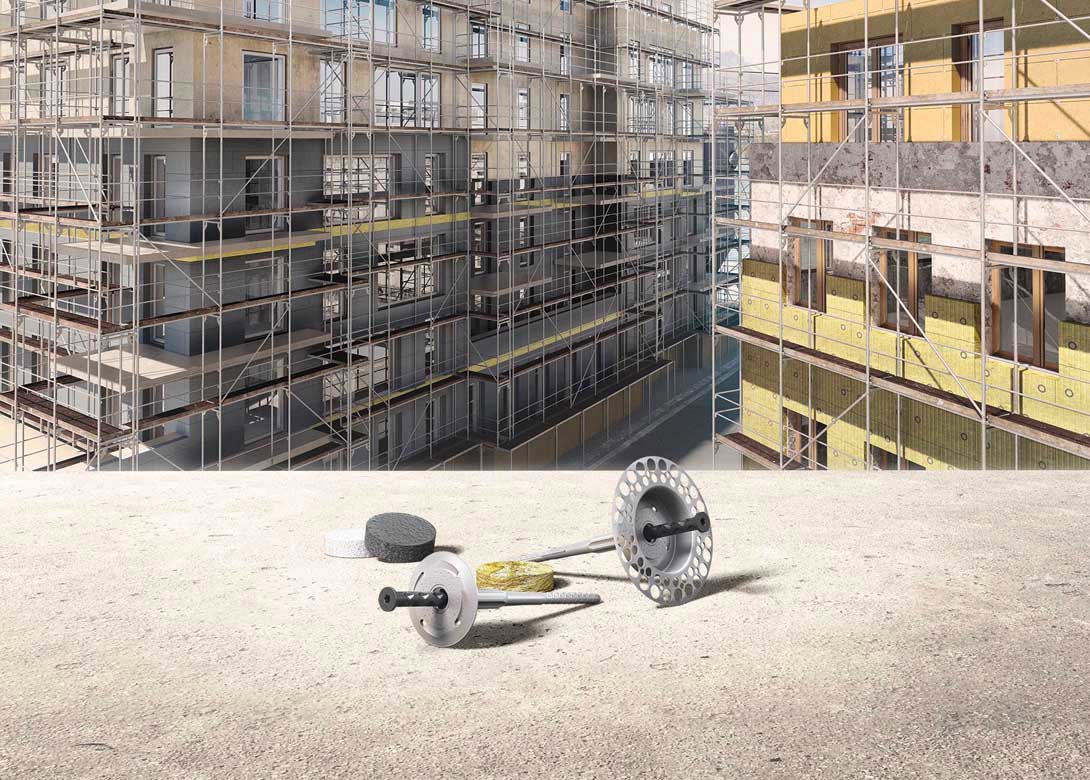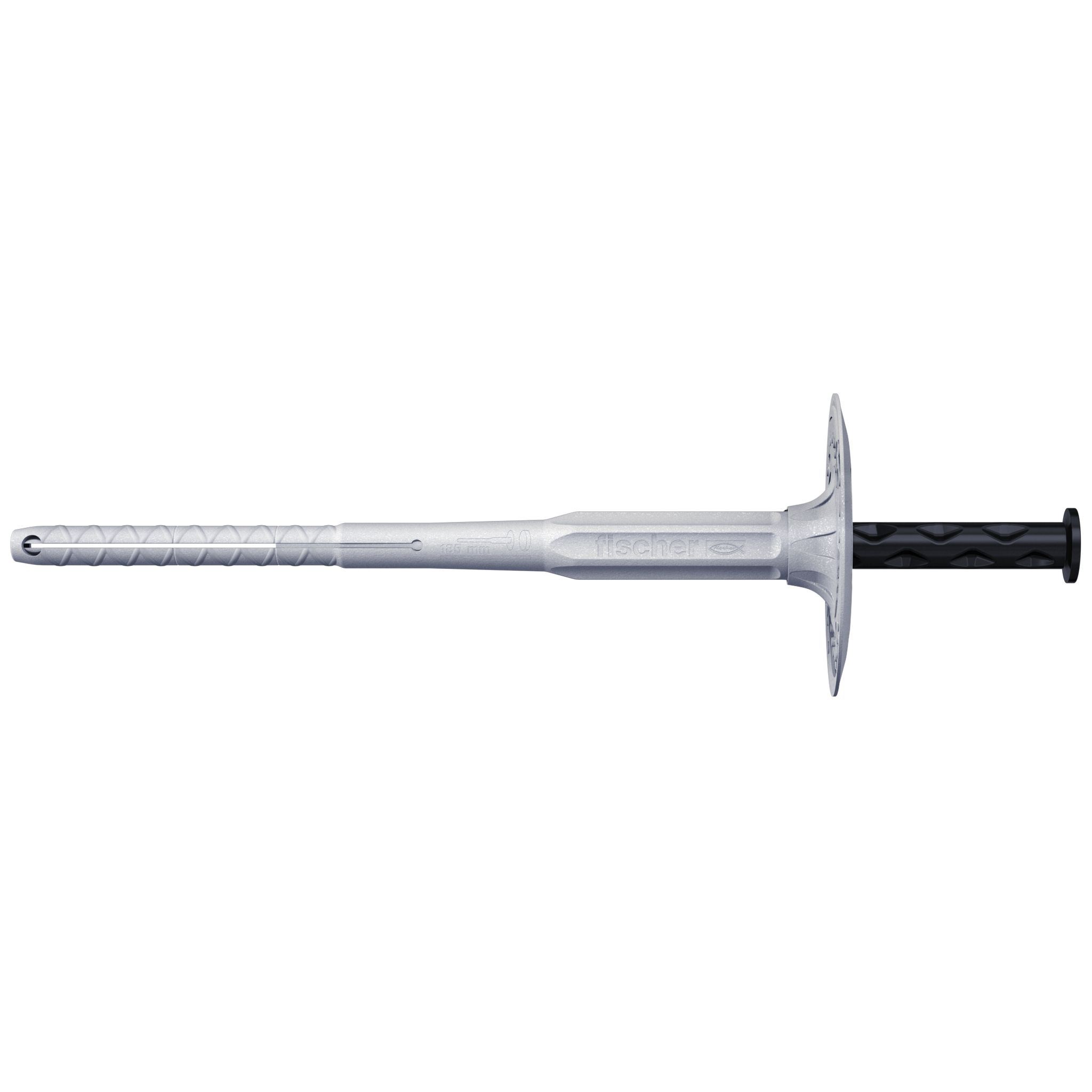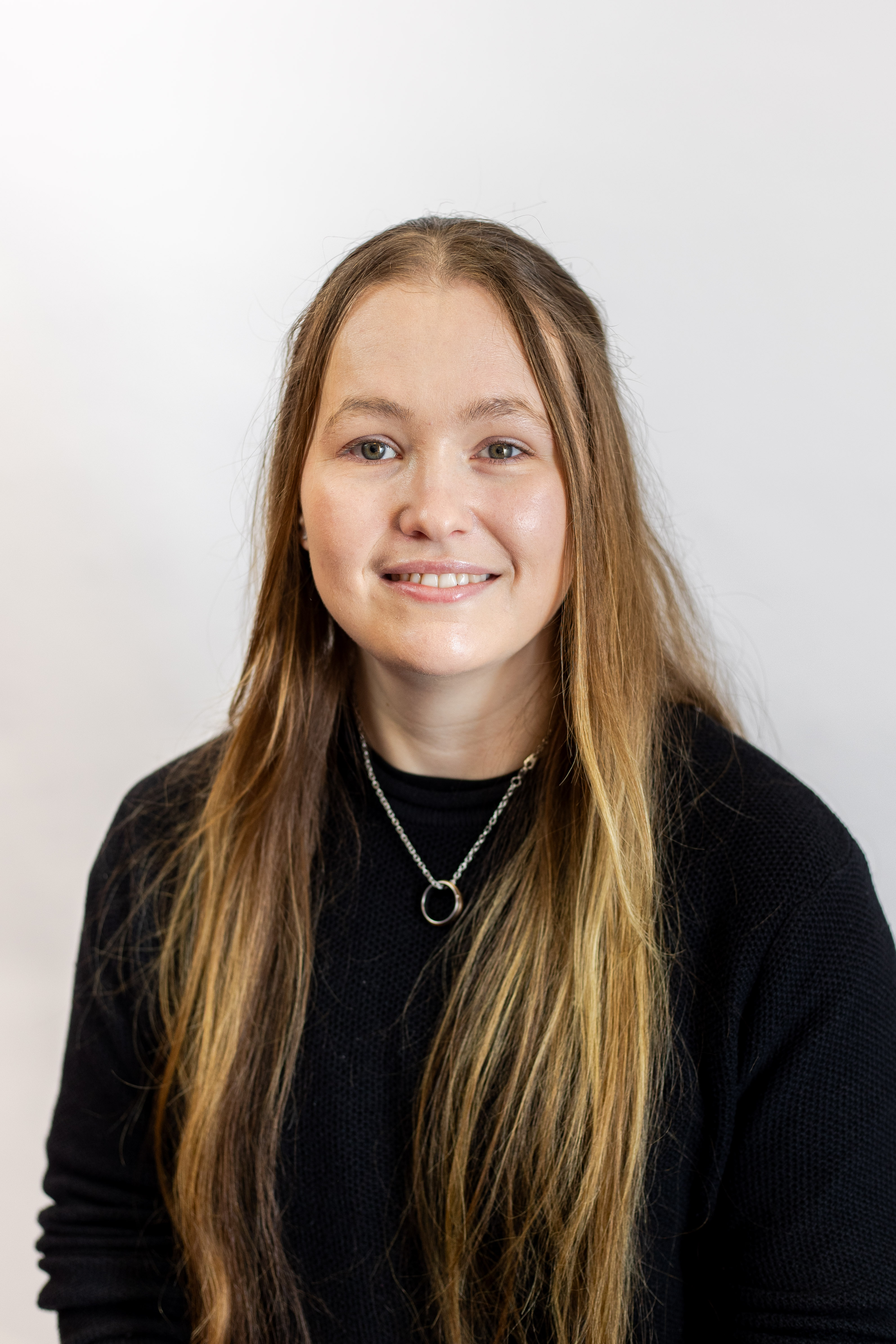
fischer is now offering the new TermoZ CS II screw fixing to anchor external thermal insulation composite systems (ETICS) insulation panels made of any material into a conventional construction material.
The latest addition to fischer’s range of ETICS fastenings is suitable for fastening insulating panels in any conventional material and thickness on all standard solid and hollow construction materials. This enables simple, time saving screw mounting with minimal thermal bridges. The ETICS fixing therefore doesn't need to be replaced if the façade is equipped with various insulating materials, such as a fire bar, which saves additional time. Its approval for every building material class (A, B, C, D, E) also guarantees its secure application. 
fischer’s TermoZ CS II is therefore also suitable for subsequent insulation on renovated buildings if there is uncertainty about anchor substrate. Therefore any improper use caused by unsuitable insulation fixings is prevented and users need only use a single ETICS fixing, even if the building has various substrates.
The geometry below the plate reduces the required insertion torque for convenient and fast installation. Its upper side features a specialist surface structure for better adhesion to plaster. The closed plate does not allow any dirt to be ejected, providing a clean setting result.
The screw fixing consists of a polypropylene anchor sleeve with a diameter of 8mm, as well as an insulation plate made of glass fibre reinforced polyamide. The fixing is fastened by inserting the special compound screw made of zinc plated steel and glass fibre reinforced polyamide. While the screw is inserted, the anchor sleeve expands to provide a firm anchoring in the substrate. Because the screw is thermally isolated, thermal bridges are minimised so a sealing plug is not required.
Users can opt between flush and countersunk installation. The information provided on the fixing concerning the required total drill hole depth including the insulating material is particularly user-friendly for both types of installation. The necessary bit is indicated on the screw head, which minimises improper use. fischer’s setting tool CS can also be used for both types of installation. Depending on the application, it is simply rotated by 180o. The setting tool features a hexagonal adapter while a separate tool with an SDS adapter is available for use with a hammer drill. The screw fixing is inserted into the drill hole through the insulation before it is screwed in until the plate sits flush on the surface of the insulation.
The design of the under-head plate reduces the necessary insertion torque during countersunk installation for convenient and quicky installation. To ensure it sits flush, the screw fixing is subsequently covered by a round cap which fischer also offers as a system component. This allows a levelled plaster layer to be applied without the plug showing through. The TermoZ CS II DT 110V variant with a large plug plate is well suited for soft insulation materials and can be used exclusively for flush countersunk mounting. Its thin plate edge provides an ideal fit against the insulation panel and allows thin reinforcement layers to be applied.
The European Technical Assessment (ETA-14/0372) regulates the use of the TermoZ CS II in concrete, masonry, lightweight aggregate concrete and aerated concrete. Thanks to its anchor sleeve with a symmetric expansion zone, fischer’s latest addition is the first insulation fixing with an approval for hammer drilled holes in vertically perforated bricks.
With its new TermoZ CS II screw fixing, fischer offers system providers a universal insulation fixing that hardly, if at all, impairs the energy efficiency of ETICS and also enables efficient work and rapid construction progress.

Becca is the latest member to join our team and is eager to get stuck into the world of fasteners. She brings an enthusiastic and fresh outlook on what we do editorially and will be leading our social media activity – including sourcing material, editing articles and posting online.






